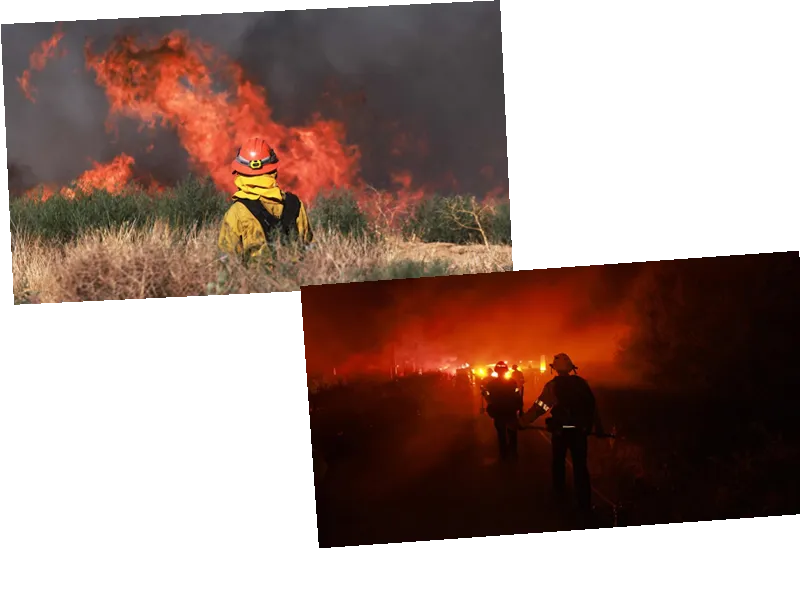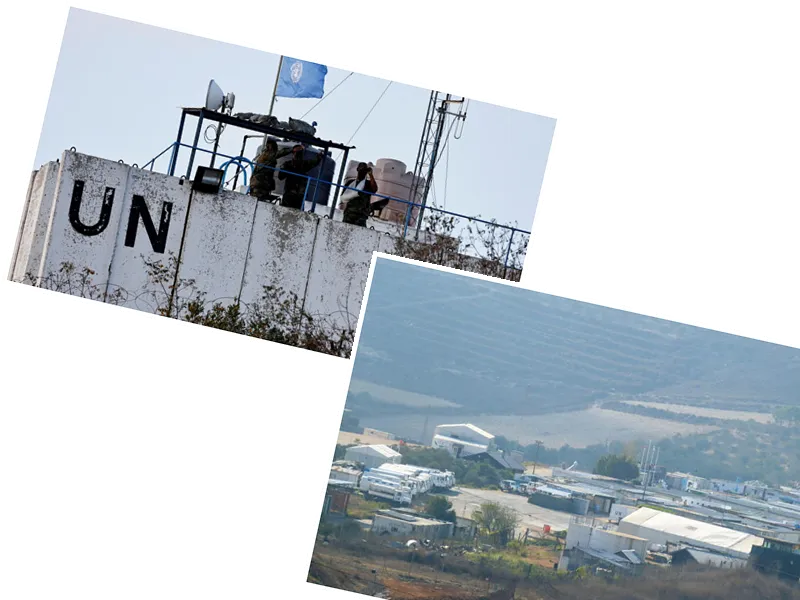California's Biggest Fire of the Year Threatens Dangerous Summer
The west coast is once again ravaged by flames. California has suffered its biggest fire of the year since Saturday, raising fears of a dangerous summer after two very rainy years have increased vegetation now likely to act as fuel, according to specialists. The Post Fire broke out in rural Gorman, a little more than an hour's drive northwest of Los Angeles. It burned more than 5,900 hectares in two days and led to the evacuation of 1,200 people, according to authorities. As of Monday morning, it was only 8% contained despite the efforts of 1,150 firefighters, according to the latest bulletin from the authorities.
The fire, which spread very quickly due to powerful winds, mainly consumed large areas of brush and grasslands in this mountainous region. Homes have generally been spared so far. Started in mid-June, this vast fire could be the foretaste of an intense fire season in California. Especially since around fifteen smaller fires broke out across the state over the weekend. “By July, we are likely to have a very active fire season, especially at low altitudes,” warned climatologist Daniel Swain of the University of California at Los Angeles (UCLA) on Monday.
Impact of Early Heatwaves and Vegetation Growth
The state experienced “two consecutive rainy winters,” which encouraged the “growth” of particularly dense vegetation, he said. By drying out as summer approaches, this “offers more biomass to burn in potential fires.” Cumulatively, the last two years have been the wettest on record in Los Angeles, according to the US Weather Service. Early heatwaves this season in the American West are now raising fears of a rapid drying out of vegetation.
At the beginning of June, temperature records were reached in this part of the country. The mercury notably reached 44°C in Las Vegas (Nevada) and 50°C in Death Valley (California), unprecedented levels for the end of spring. The rest of the United States is also experiencing alarming signals: the center and east of the country are preparing to face a stifling heat wave this week, with abnormally high temperatures for the month of June.
Global Warming: A Forewarning
According to scientists, these repeated heatwaves are an unequivocal marker of global warming and are expected to multiply, last longer, and intensify. Specialists also believe that abnormally high temperatures in the pre-summer period can be a harbinger of a suffocating summer. The changing climate patterns not only affect California but also pose broader implications for fire seasons in various regions, making preparedness and mitigation strategies crucial.
- The wildfires have once again underscored the vital need for effective forest management and emergency response strategies. Residents are advised to follow evacuation orders promptly and stay informed through official channels.
- Experts emphasize the importance of community awareness and preparedness workshops to mitigate the effects of inevitable future fires. They also call for stronger policies and infrastructure investments to adapt to climate challenges sustainably.
- International cooperation is essential to address the broader implications of climate change, emphasizing the need for global leaders to double down on efforts to reduce carbon emissions and promote sustainable practices.






